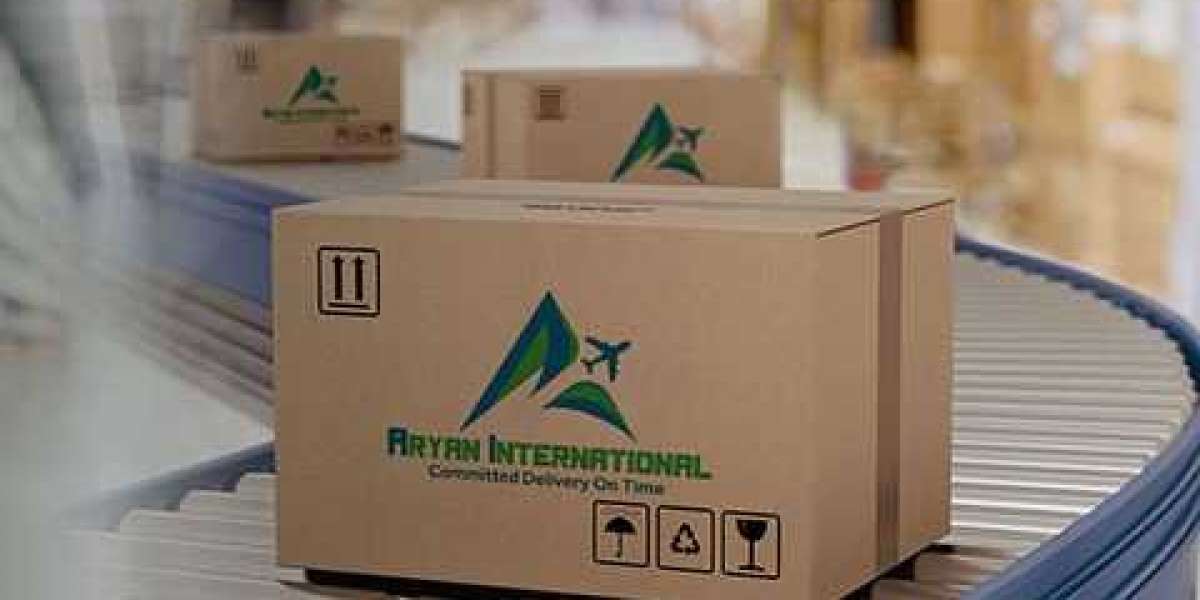Definition of Pilot Plant
A pilot plant is a scaled-down version of a manufacturing facility or process, typically used for testing and optimizing new processes, products, or technologies before full-scale production. It serves as an intermediate step between laboratory-scale experimentation and commercial-scale operations, providing a controlled environment for evaluating process parameters, equipment performance, and product quality at a larger scale than laboratory experiments allow. Pilot plants allow engineers and researchers to assess the feasibility, efficiency, and scalability of a process while minimizing the risks and costs associated with full-scale implementation. They often incorporate representative equipment and operating conditions to simulate real-world production environments, facilitating the transition from concept to commercialization.
Pilot plant scale up techniques
The Pilot plant scale up techniques are essential for transitioning processes from laboratory-scale to commercial production while maintaining efficiency, quality, and safety. One common approach is to conduct systematic experimentation at the pilot scale, carefully adjusting process parameters such as temperature, pressure, and reaction time to optimize product yield and quality. By gradually increasing the scale of operations, pilot plant studies provide valuable insights into how the process behaves at larger volumes, allowing engineers and researchers to identify and address potential challenges before full-scale production. Additionally, advanced modelling and simulation techniques can aid in predicting the behavior of scaled-up processes, facilitating informed decision-making and reducing the time and resources required for scale-up.
Tips for Using a Lab Evaporator Set Up
When using a lab evaporator setup in pilot plant operations for scaling up techniques with precision, here are some essential tips to ensure efficient and accurate results:
Understand the Equipment: Familiarize yourself with the specific type of lab evaporator being used, whether it's rotary, falling film, or another configuration. Understand its components, operating principles, and limitations.
Optimize Operating Parameters: Determine the optimal parameters for evaporation, including temperature, pressure, feed rate, and vacuum level. Conduct preliminary experiments to identify the most efficient operating conditions for your specific application.
Maintain Control Over Parameters: Monitor and control process parameters closely throughout the evaporation process. Use temperature controllers, pressure gauges, flow meters, and other instrumentation to maintain precise control and ensure reproducibility.
Optimize Heat Transfer: Maximize heat transfer efficiency by optimizing the heating medium (e.g., hot water, steam) and ensuring good thermal contact between the heating source and the evaporator vessel. Consider using heat transfer enhancers if necessary.
Manage Foaming and Splashing: Control foaming and splashing during evaporation by adjusting agitation speed, using anti-foaming agents, or implementing foam control devices. Minimize these effects to maintain process stability and prevent product loss.
Ensure Uniform Heating: Distribute heat uniformly across the evaporation surface to prevent localized overheating or thermal degradation of the product. Stirring or agitation may be necessary to achieve uniform heating, especially for viscous or heat-sensitive materials.
Optimize Vacuum Performance: Maintain optimal vacuum levels to facilitate evaporation at lower temperatures and reduce the risk of product degradation. Regularly check and maintain vacuum pumps, seals, and connections to ensure reliable performance.
Monitor Product Concentration: Continuously monitor the concentration of the product solution during evaporation using analytical techniques such as refractometry, density measurement, or chromatography. Adjust process parameters as needed to achieve the desired concentration.
Prevent Contamination: Minimize the risk of contamination by using clean, sanitized equipment and following good laboratory practices for handling and processing materials. Implement appropriate cleaning and sterilization procedures between batches.
Optimize Energy Efficiency: Consider energy-saving strategies such as recycling heat or using energy-efficient heating methods to minimize operating costs and environmental impact.
Document Process Parameters: Keep detailed records of process parameters, operating conditions, and observations during evaporation experiments. This information is valuable for process optimization, troubleshooting, and scale-up activities.
Safety First: Prioritize safety when operating lab evaporators, especially when dealing with flammable, toxic, or reactive materials. Follow established safety protocols, use appropriate personal protective equipment (PPE), and ensure proper ventilation and containment measures are in place.
By following these tips, you can effectively use a lab evaporator setup in pilot plant operations for scaling up techniques with precision, ensuring reliable and consistent results as you transition from laboratory-scale to commercial production.













